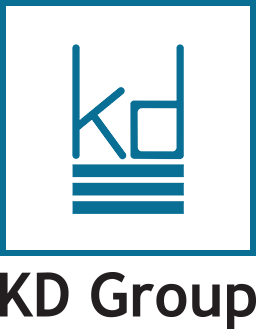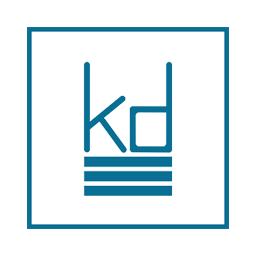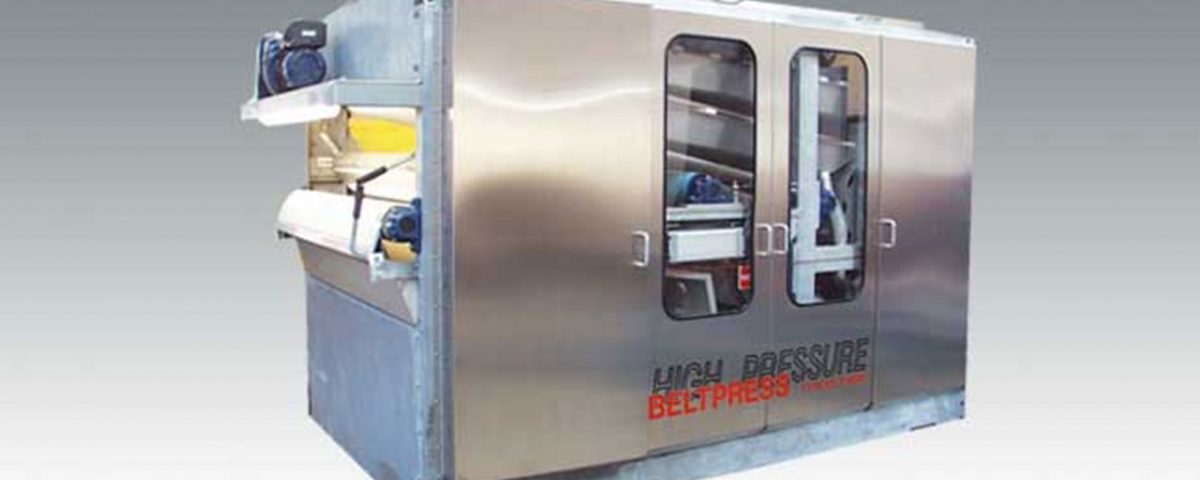KD11 Sibåndspresse Pneumatic PN
The belt presses KD11-1200 / -1600 constitute a new generation of high-pressure presses constructed and produced by Danish Wastewater Equipment A/S. The presses are high-technology quality products designed for achieving a dry matter content as high as possible, even in sludge which is difficult to dewater.
The belt presses have been developed in a close cooperation between our engineers and municipal works managers. Thus, great importance has been attached to designing a reliable press featuring easy-to-operate and easy-to-clean properties.
Construction - Belt Press
Danish Wastewater Euipment A/S belt press model KD 11 is constructed on a carrying base with a hot-dip-galvanised steel frame. The outlet / reject tray is located at the bottom of the frame construction allowing location of the press directly on the floor above the already embedded reject water pipe.
The press rollers are made of stainless steel. This applies to all components in direct contact with sludge or water. All bearings are external standard bearings of the make SKF ensuring easy inspection and serviceability. All bearing housings are painted leading to a corrosion resistance corresponding to hot-dip-galvanised steel.
Tightening and control of the belts take place automatically by means of pneumatics, and the belt features stepless speed control by means of frequency control.
Belt control is usually performed by a PLC and all operations are shown on a display. This also applies to alarms or errors, if any.
The pneumatic unit and the switchboard are completely separated from the wet part of the belt press and may be operated directly from the floor (no landing, etc.).
The belt press is completely enclosed with rustproof doors equipped with inspection windows. Thus, ventilation may be supplied to the press.
Function - Belt Press
The sludge dewatering takes place in three phases.
The gravitation zone
When polymer has been added to the sludge, the sludge is led into the gravitation zone. The gravitation zone is constructed in such a way that the sludge is turned after the first tray and led out on a fresh new belt.
If required, the gravitation zone may be supplied with cone paddles ensuring that the sludge is turned more frequently.
The belt press may be fitted with a highly efficient belt pre-dewatering unit of the same high standard design as the belt press. The belt speed may be adjusted by means of a frequency-controlled gear motor. All monitoring functions may be integrated in the control cabinet of the belt press.
The pre-dewatering unit is typically fitted where the dry matter content of the sludge is below 2%.
If you would like further information on the pre-dewatering unit, for instance capacities, do not hesitate to contact us.
The low pressure/mean pressure zone
When the sludge has passed the gravitation zone, it is pressed between the two belts. The belt/sludge is led around three big rollers with diameters of 600 mm, 400 mm and 273 mm respectively. The roller with a diameter of 600 mm is perforated allowing dewatering on both sides of the belts.
The high-pressure zone
When the belt / sludge has passed the mean pressure zone, the sludge is now ready for the actual pressing which takes place in the high-pressure zone.
The high-pressure zone consists of one roller with a diameter of 170 mm, and two rollers with diameters of 140 mm. All these rollers are placed so that the water, which drains through the belt, is gravitated away from the belt. This ensures that the sludge achieves a content of dry matter which is as high as possible.
Belt cleaning
When the sludge has been removed, the belt is led through a flushing device where flushing nozzles ensure that the belt is cleaned.
As an extra fitting, it is possible to have a high-pressure flushing device, model KD 20, fitted. This is particularly required for treatment plants where for instance iron chloride is used for precipitation.
The high-pressure flushing may take place with closed doors making it possible to add chemicals/acid without risk of noxious vapours for the operating personnel.
Maintenance / servicing
One of the basic elements has been to construct a belt press featuring serviceability and requiring a low level of maintenance.
For that purpose, the press has been equipped with external bearings which are all standard SKF bearings. Bearings, chain, as well as sprocket wheels may be fitted with an automatic lubrication device model SKF 24H ensuring that the press may operate up to one year without further lubrication. The gears have been supplied with synthetic oil also ensuring operation for up to four years before change.
The flushing bars are easy to remove for inspection and cleaning. All nozzles are fitted with click-on devices making it possible to replace them in less than five minutes without use of tools.
Scrapers may be tipped, thus facilitating cleaning / inspection.
Safety
The belts press features the required emergency stop switches and for extra safety, the press has been equipped with two wire emergency switches which may be activated if it is necessary to leave the doors open during operation.
The working environment
The belt press meets the requirements of the Danish Environment Service for safety at work. The belt press has also achieved CE-labelling according to the EU Machine Directive.
Sludge dewatering
Sludge dewatering undoubtedly gives rise to many questions; how to dewater and which dewatering type to choose: A belt filter press, a decanter, a chamber filter press or another dewatering type?
Irrespective of which type you choose, there will always be advantages and disadvantages. However, the following facts may influence your choice of dewatering type:
Belt filter press:
+ Low energy consumption
+ Low polymer consumption
+ Low noise level
+ Low SS contents in reject water
+ Visual observation of dewatering process
+ Inexpensive service (can be performed locally)
- Achieves lower dry solids in dewatered sludge
Decanter:
+ Space-saving
+ Compact machine
+ High dry solids contents in dewatered sludge (requires high pressuredecanter)
- High energy consumption
- High polymer consumption
- High noise level
- Actual dewatering process cannot be observed
- Expensive wearing parts/service cannot be performed locally (requires special equipment and service manpower)
Chamber filter press:
+ Good dry solids amounts in dewatered sludge
- Batch dewatering
- Very space consuming
One single supplier
Using Danish Wastewater Equipment as your supplier will provide you with obvious advantages. DWE is able to perform design and planning, manufacturing, servicing as well as running-in of the complete plant.
We are at your disposal during the design phase or in connection with exchange of existing equipment with advice about space requirements, outlet, etc.
We manufacture the machines ourselves which means that we are familiar with every detail and are therefore able to guarantee optimum equipment.
We install and perform equipment running-in, thereby achieving the necessary sparring between customer and supplier. Furthermore, this ensures knowledge about operation, polymer type, etc.
Technical specification
Aerobic capacities:Digested primary sludge:




